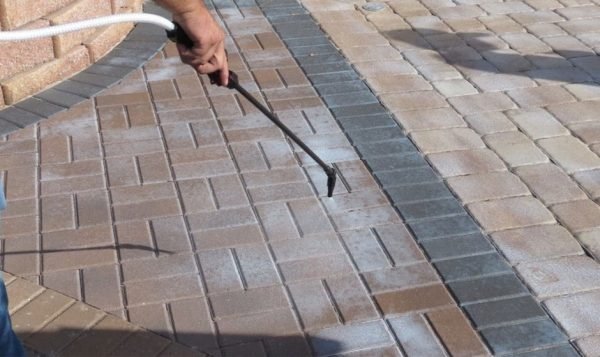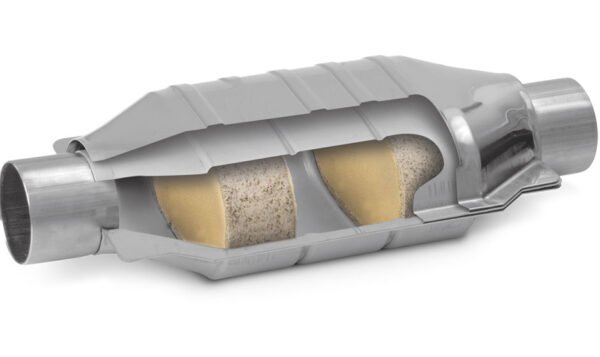Design Considerations for Optimal Self-Tapping Screw Performance

Self-tapping screws are a popular type of fastener that can be used in a wide range of applications. These screws are designed with a pointed end that allows them to create their own threads as they are driven into a material, making them ideal for use in materials that are difficult to tap or that require a strong, secure hold.
While self-tapping screws can be easy to install, it is important to follow the right installation techniques to ensure a strong, reliable hold. In this article, we will discuss the key considerations and techniques for installing self-tapping screws.
Choosing the Right Screw
Before you can install a self-tapping screw, you need to select the right screw for your project. The following factors should be considered when choosing a screw:
Matching screw size and length to material thickness: The screw size and length should be chosen based on the thickness of the material being fastened. A screw that is too short may not provide enough grip, while a screw that is too long may damage the material or not provide a secure hold.
Considering material type and surface finish: The type of material being fastened will determine the type of screw required. For example, a screw designed for use in wood may not be suitable for use in metal. The surface finish of the material can also impact the performance of the screw, as a smooth surface may not provide enough grip for the screw to hold.
Selecting the appropriate thread type and pitch: Different types of threads are available for self-tapping screws, including coarse, fine, and extra-fine. The thread pitch should be chosen based on the material being fastened and the required holding strength.
Pre-Drilling
Pre-drilling is an important step in the installation process, as it helps to prevent the material from splitting and provides a guide for the screw to follow. Here are the key considerations for pre-drilling:
Importance of pre-drilling: Pre-drilling can help to ensure that the screw goes in straight and does not cause the material to split.
Choosing the right drill bit size: The drill bit size should be slightly smaller than the screw’s outer diameter to allow the screw to grip the material.
Tips for proper pre-drilling technique: When pre-drilling, it is important to keep the drill bit straight and perpendicular to the material being drilled. This helps to ensure that the hole is the right size and shape for the screw.
Installation Techniques
Once you have selected the right screw and pre-drilled the material, it is time to install the screw. Here are the key considerations for proper installation:
Screwdriver vs. Power Tool: Self-tapping screws can be installed using either a screwdriver or a power tool. While a screwdriver can provide more control, a power tool can be faster and more efficient.
Properly aligning the screw with the pre-drilled hole: The screw should be inserted straight into the pre-drilled hole to ensure that the threads line up with the hole.
Applying the right amount of pressure and torque: Too much pressure or torque can cause the screw to strip or break, while too little can result in a weak hold. The right amount of pressure and torque will depend on the material being fastened and the size of the screw.
Avoiding overdriving or stripping the screw: Overdriving a screw can cause it to break or strip, while stripping can result in a weak hold. The screw should be driven in until it is flush with the material.
Installation Tips for Different Materials
Different materials may require different installation techniques. Here are some tips for installing self-tapping screws in wood, metal, and plastic:
Wood: When installing self-tapping screws in wood, it is important to pre-drill the material to prevent splitting. The screw should be driven in until it is snug, but not too tight, as overtightening can cause the wood to split or the screw to break.
Metal: Self-tapping screws for metal should be made from a harder material, such as stainless steel or titanium. Pre-drilling is also important for metal to prevent the material from warping or breaking. It is recommended to use a lubricant, such as oil or wax, to reduce friction and make the installation process smoother.
Plastic: Installing self-tapping screws in plastic can be challenging due to the material’s tendency to crack or split. Pre-drilling is essential to ensure a secure hold without damaging the plastic. It is also recommended to use a screw with a wider thread, which can help distribute the load more evenly and reduce the risk of the plastic cracking.
Conclusion
Self-tapping screws are a versatile and convenient option for fastening materials in a wide range of applications. Choosing the right screw, pre-drilling the material, and using proper installation techniques are all critical to ensuring a strong, reliable hold.
By following the tips and techniques outlined in this article, you can be confident in your ability to install self-tapping screws for your next project. Whether you are working with wood, metal, or plastic, these guidelines can help you achieve the best results and ensure a secure hold that will last for years to come.



